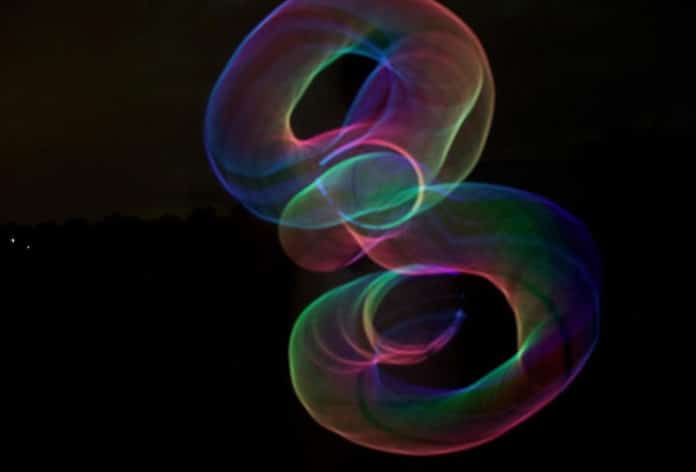Since the 1960s, researchers have been puzzling string theory, a theoretical framework of reality that includes tiny, wriggling one-dimensional objects- called strings—that make up the fabric of everything.
Primarily studied as a broad way to address various questions in fundamental physics, it has since been applied to topics ranging from black hole physics to nuclear physics to the very origins of the universe.
But, one of its most significant breakthroughs in the discovery that suggests both black holes and matter are roughly two sides of the same coin. Such duality enabled researchers to map properties of matter (such as pressure) to pressure of the black holes found in Einstein’s general relativity, which would open up string theory for even greater mathematical exploration.
While researchers believe that it worked, but no one can prove it.
However, it’s been above 20 years for the discovery of this duality, but string theorists have been trying to clear this roadblock with progressively more complicated equations.
Every time they compare this duality, though, they all get the same result: The free energy (a system’s ability to do work) from a strong interaction (or coupling) of the two is roughly three-quarters the strength of weak coupling.
According to Paul Romatschke, an associate professor of physics at CU Boulder, he has finally had an answer to this puzzle— he just had to change dimensions.
He has devised an alternative set of tools to those that created string theory’s three-quarters dilemma.
Romatschke said, “Well not essentially applicable to the everyday world, but the results could unlock implications on the way we approach and understand important aspects of physics like string theory or quantum field theories, which are a set of theories in physics that describe the dynamics of fields, or objects that permeate everything.”
“While it would be nice to get at the meaning of three-quarters, this is at least a very suggestive picture, so maybe that’s, if not the solution for three-quarters, at least a step towards resolving it.”
Romatschke worked in a world that only has two dimensions—a “flatland” if you will. Using some of the equations from existing research on the subject, as well as modern quantum field theory techniques, he was able to prove a relationship exists by forcing matter (in this case, pressure) to interact from zero interaction to infinite interaction.
What he discovered is that the pressure of infinite coupling is exactly four-fifths of that at zero couplings. It implies not only is there a stronger connection in this lesser dimension than what was previously found, but it also may provide a standard approach to solving these types of puzzles.
Romatschke acknowledges that the differences in dimensions may cause this, but is still optimistic about its usefulness to quantum field theory and cracking open the long-held string theory puzzle.
“This is basic research. Most of the things we try don’t work,” said Romatschke. “Nevertheless, if there’s something that has at least has the potential to work, then I think we should pursue it.”
His work is published in Physical Review Letters.
